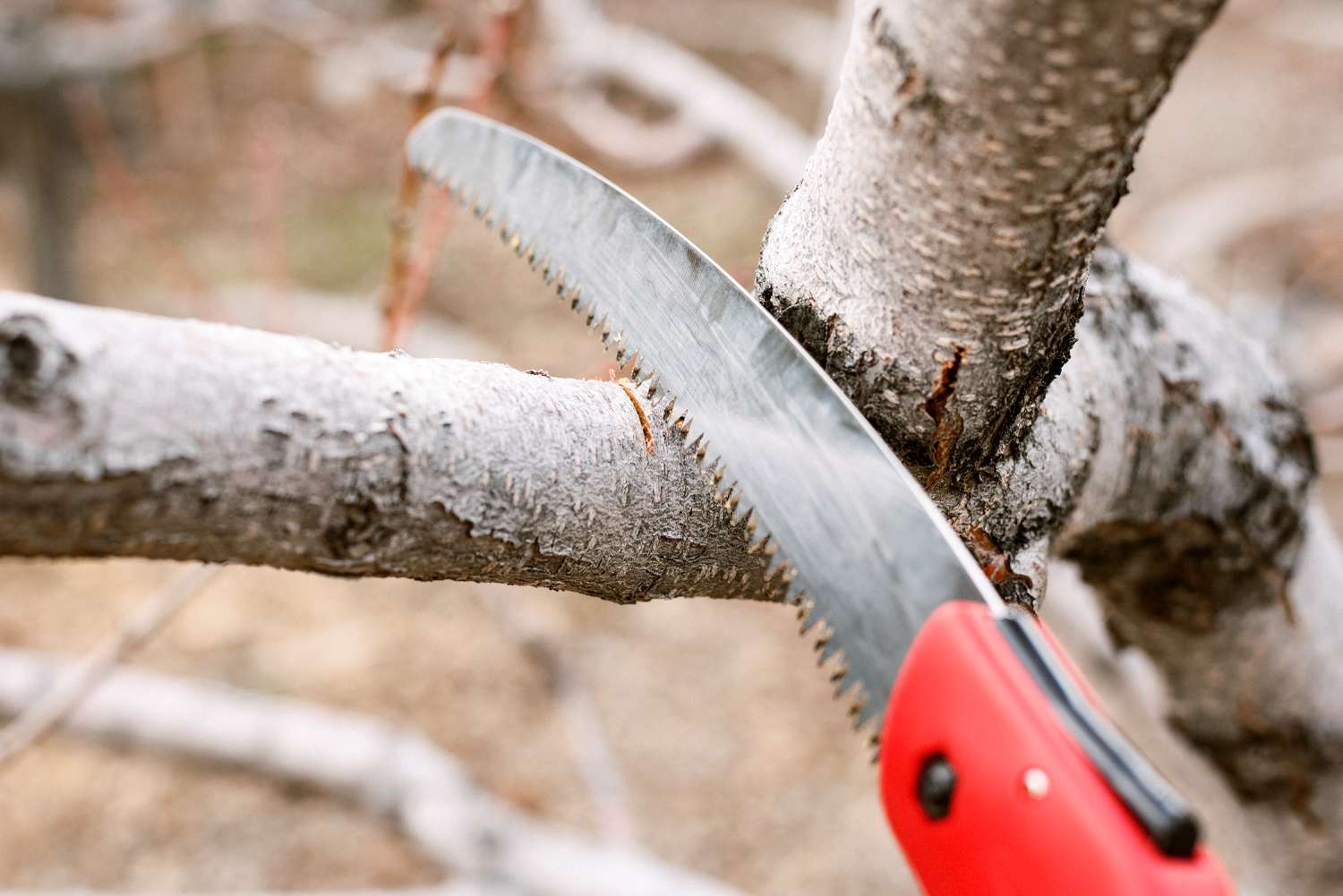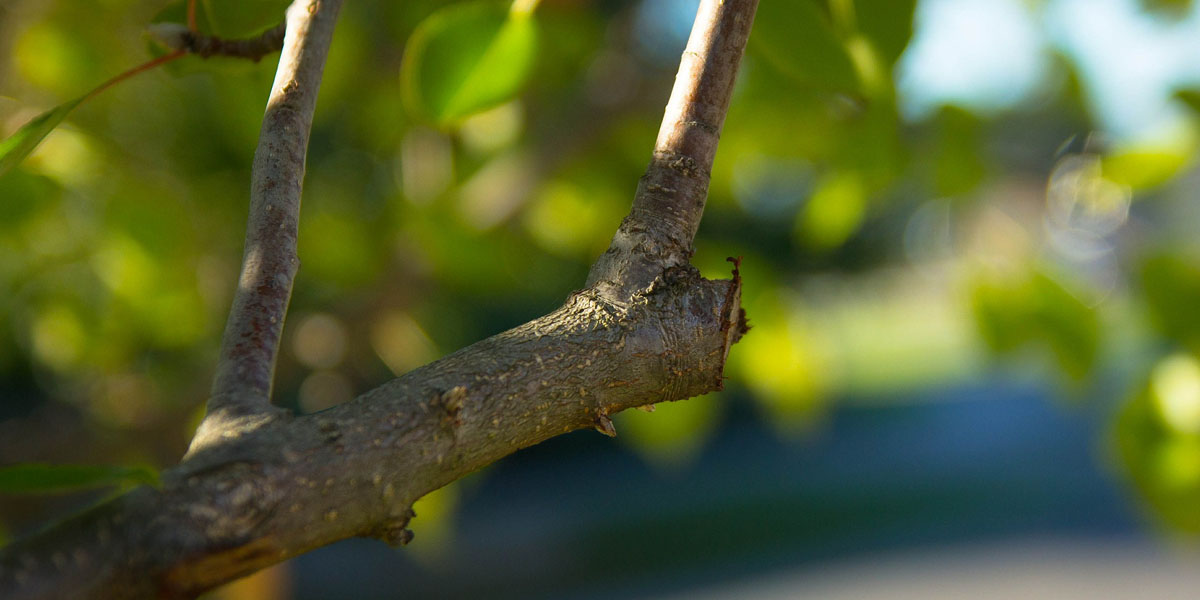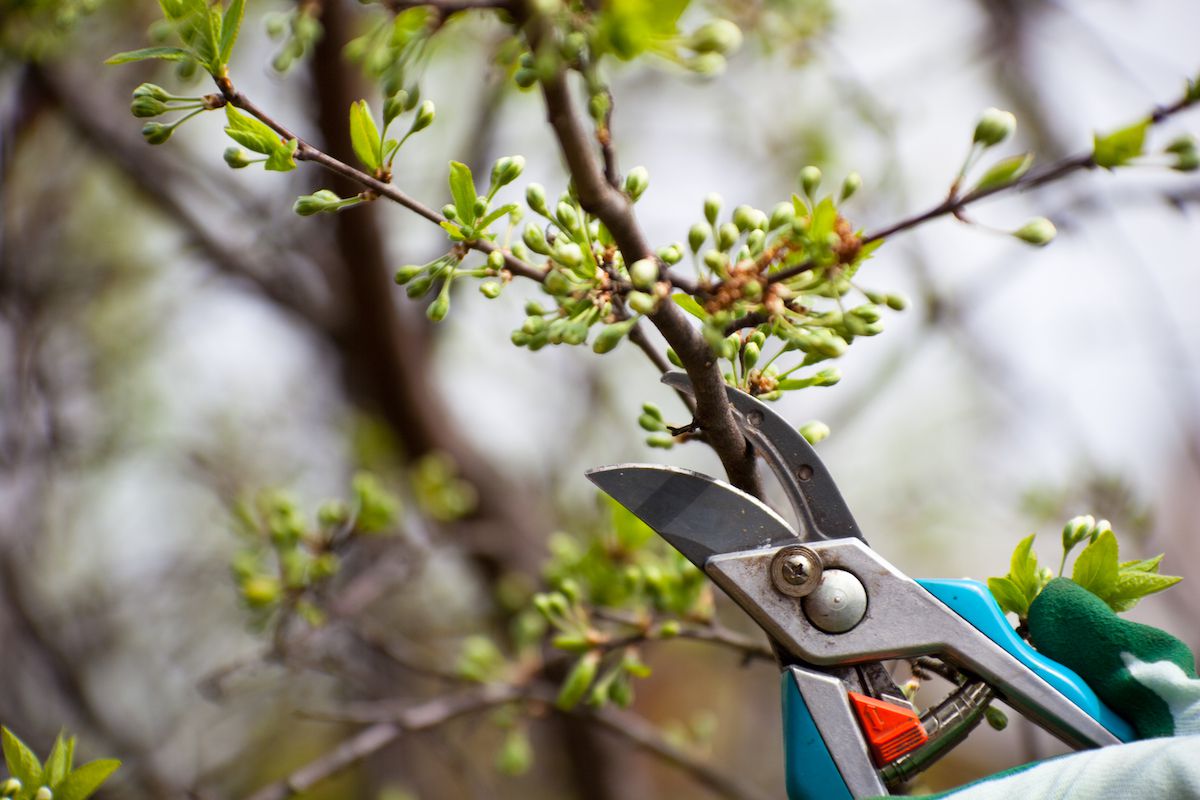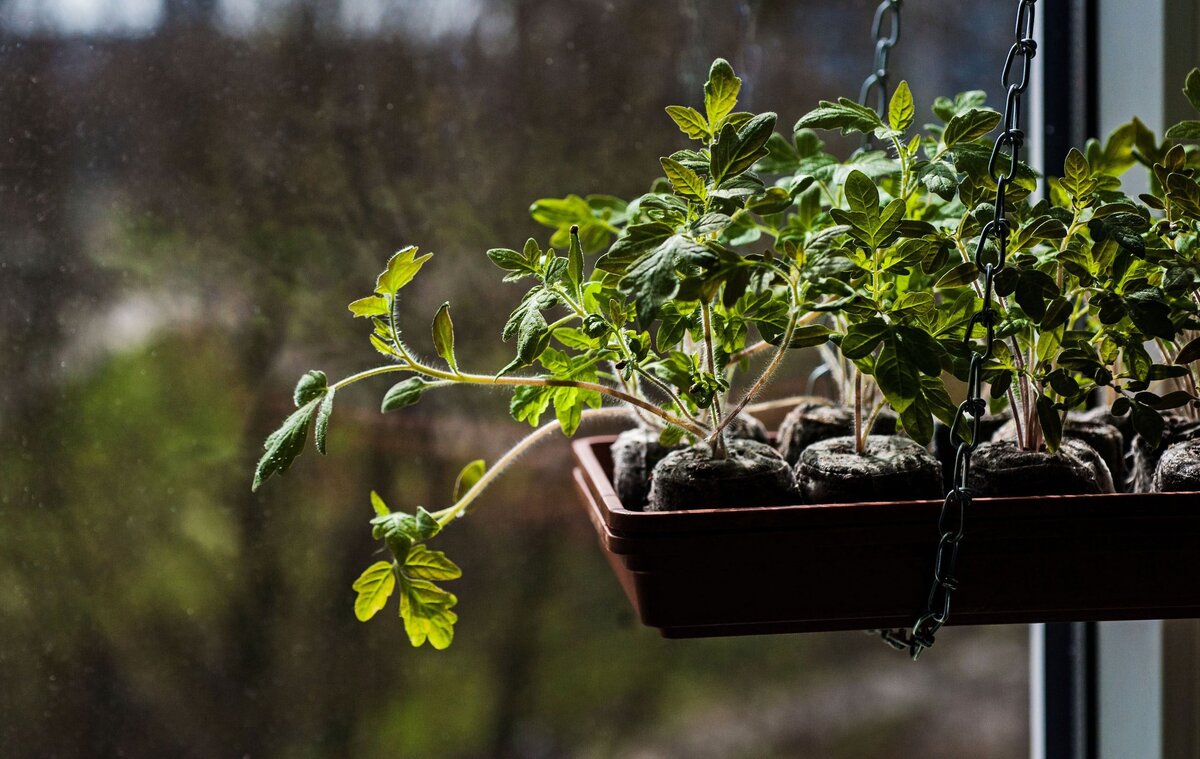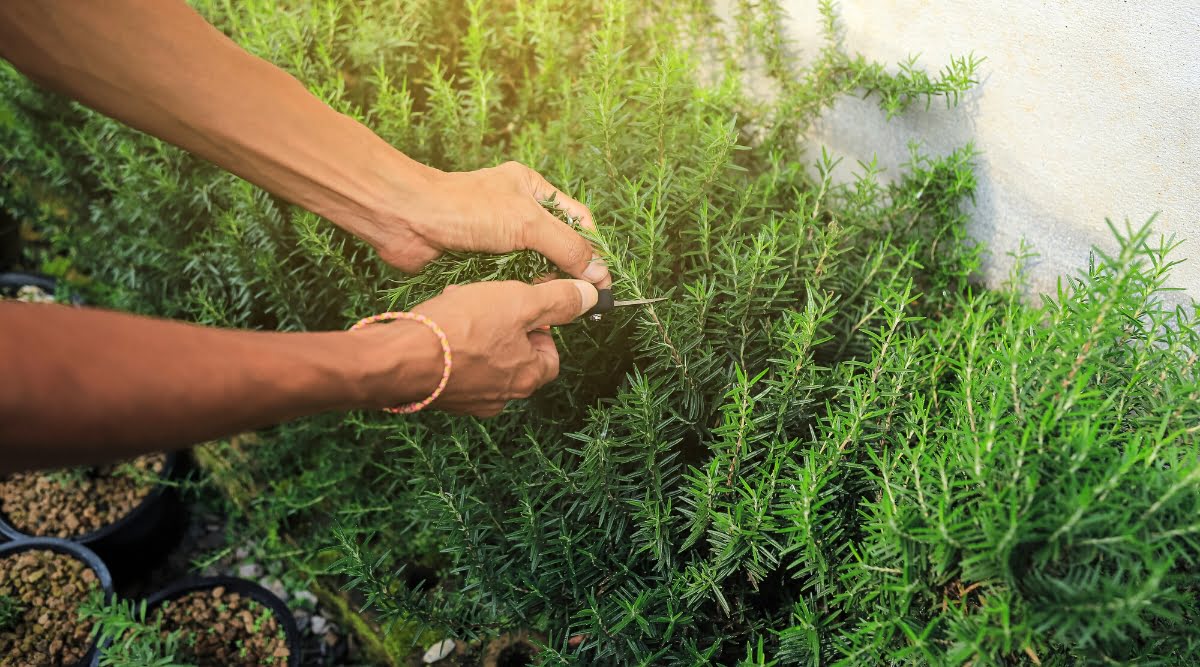Home>Gardening Basics>Tools and Equipment>What Is A Pruning Shears
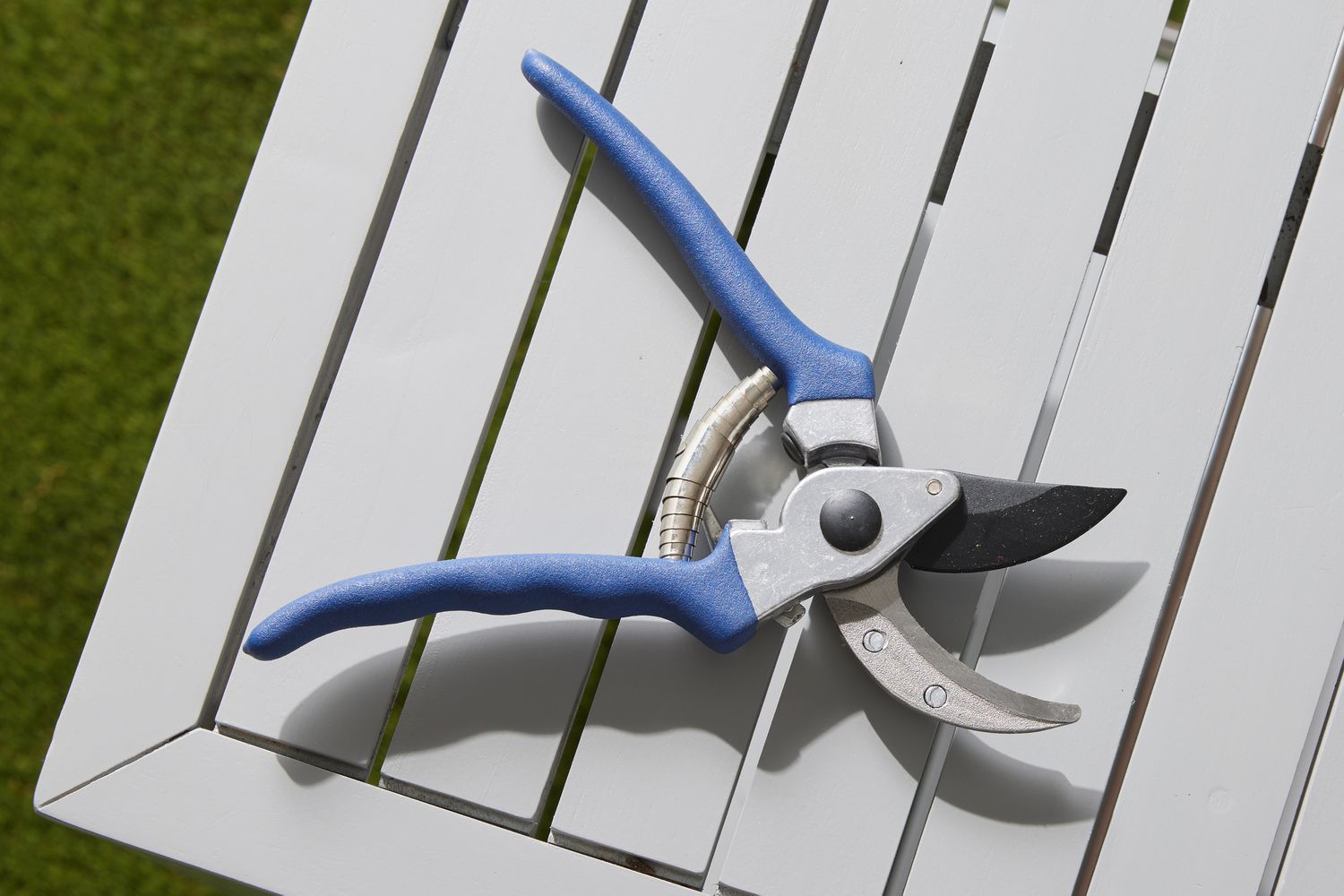

Tools and Equipment
What Is A Pruning Shears
Published: August 21, 2023
Learn what a pruning shears is, its uses, and benefits. Explore the essential tool in the category of tools and equipment that helps with trimming and cutting plants and branches.
(Many of the links in this article redirect to a specific reviewed product. Your purchase of these products through affiliate links helps to generate commission for Chicagolandgardening.com, at no extra cost. Learn more)
Table of Contents
Introduction
When it comes to maintaining a beautiful and well-kept garden or landscape, having the right tools is essential. One of the most important tools for any gardener or landscaper is a pruning shears. Pruning shears, also known as hand pruners or secateurs, are a versatile tool used for trimming and shaping plants, shrubs, and small branches.
Pruning shears are designed to make precise cuts, allowing you to remove dead or overgrown foliage, improve the overall health of the plant, and enhance its aesthetic appeal. With their sharp blades and ergonomic handles, pruning shears provide gardeners with the control and precision needed to perform delicate pruning tasks with ease.
Whether you are a seasoned gardener or just starting out, understanding the different types, parts, and proper usage of pruning shears can greatly improve your gardening experience. In this article, we will explore the ins and outs of pruning shears, including their various types, parts, and how to use them effectively. We will also discuss the importance of regular maintenance and safety precautions when working with pruning shears.
So, if you’re ready to take your gardening skills to the next level and achieve professional-looking results, let’s delve into the world of pruning shears!
Definition of Pruning Shears
Pruning shears, also known as hand pruners or secateurs, are a specialized tool used for cutting and trimming plants, shrubs, and small branches in gardening and horticulture. They are designed to make precise and clean cuts, ensuring minimal damage to the plant while promoting healthy growth.
Pruning shears consist of two sharpened blades that bypass each other when cutting. The blades can be made of different materials, such as carbon steel or stainless steel, which provide durability and resistance to rust. The handles of pruning shears are typically made of metal or high-quality plastic, with ergonomic designs to provide comfort and reduce hand fatigue during use.
These tools are available in various sizes and styles, including bypass pruners, anvil pruners, and ratchet pruners, each suited for different pruning tasks. Bypass pruners have curved blades that pass by each other like scissors, providing a clean cut and ideal for cutting living stems and branches. Anvil pruners, on the other hand, have a single sharpened blade that presses against a flat surface, making them suitable for cutting dead or woody branches. Ratchet pruners have a unique mechanism that allows for easier cutting of thicker branches by using a series of steps or clicks.
Pruning shears are an indispensable tool for gardeners and landscapers as they enable the precise removal of dead, damaged, or overgrown plant material. Regular pruning not only promotes healthy plant growth and increased flower production but also helps maintain the desired shape and size of trees, shrubs, and hedges.
By using pruning shears correctly, gardeners can maintain the overall aesthetics and health of their plants, leading to a vibrant and flourishing garden. In the next section, we will explore the different types of pruning shears in more detail, providing you with a better understanding of which ones are best suited for your gardening needs.
Types of Pruning Shears
Pruning shears come in a variety of types, each designed to cater to different pruning needs and preferences. Understanding the different types of pruning shears available can help you choose the right tool for your specific gardening tasks. Here are some common types of pruning shears:
- Bypass Pruners: Bypass pruners are the most commonly used type of pruning shears. They feature two curved blades that bypass each other, similar to a pair of scissors. This design allows for clean and precise cuts on live or green stems and branches. Bypass pruners are ideal for maintaining the health of plants and for precision pruning.
- Anvil Pruners: Anvil pruners have a single cutting blade that presses against a flat surface (anvil) when trimming. These shears are suitable for cutting thick or dead branches as the blade crushes the plant material against the anvil. However, due to their cutting mechanism, anvil pruners can cause slightly more damage to live stems compared to bypass pruners.
- Ratchet Pruners: Ratchet pruners have a unique mechanism that allows for easier cutting of thicker branches. They feature a ratcheting action, meaning the blade cuts through the branch in multiple steps or clicks, reducing the effort required by the user. Ratchet pruners are a great choice for individuals with weaker hand strength or for pruning tasks that involve cutting thicker branches.
- Long-Handled Pruners: Long-handled pruning shears, also known as loppers, are designed with extended handles for reaching higher branches or dense shrubs. These shears provide more leverage and cutting power, making them suitable for cutting larger branches with minimal effort. Long-handled pruners are commonly used by professional landscapers or gardeners working on large-scale pruning projects.
- Pole Pruners: Pole pruners are specialized pruning tools designed to reach and trim branches in high areas. They consist of a pruning head attached to a long pole that can extend several feet. Pole pruners are ideal for pruning tall trees, allowing you to access branches without the need for a ladder. Some pole pruners also feature a pruning saw attachment for cutting thicker branches.
It is important to choose the right type of pruning shears based on the specific pruning tasks you need to perform. Consider the size of the branches, the type of plants, and your comfort and ease of use when selecting the appropriate pruning shears for your gardening projects. Next, let’s explore the different parts of pruning shears to gain a better understanding of how they function.
Parts of Pruning Shears
To fully understand how pruning shears work, it is important to familiarize yourself with the different parts that make up these essential gardening tools. Here are the key components of pruning shears:
- Blades: The blades are the cutting part of the pruning shears. They are typically made of high-quality steel and have sharp edges to make clean cuts on plant material. The blades can come in various shapes and sizes, depending on the type of pruning shears. Bypass pruners have curved blades, anvil pruners have straight blades, and ratchet pruners have serrated blades.
- Handles: The handles of pruning shears are where you grip and hold the tool during pruning. Handles are usually made of metal or high-quality plastic and are designed to provide comfort and ergonomic support to reduce hand fatigue. Some pruning shears come with non-slip grips or cushioned handles for added comfort during prolonged use.
- Spring: The spring is located between the handles of the pruning shears and helps with the opening and closing action of the blades. The spring provides resistance when the blades are pushed together and helps to open them after each cut, allowing for smoother and faster pruning motion. Some pruning shears have a built-in spring, while others may feature a detachable spring that can be replaced if needed.
- Locking Mechanism: Many pruning shears have a locking mechanism built into the handles to secure the blades when not in use. This feature ensures safety during storage and transportation, preventing accidental cuts or injuries. The most common type of locking mechanism is a small latch located near the base of the handles that can be easily engaged or disengaged.
- Nut and Bolt: The nut and bolt assembly allows for the adjustment of blade tension in pruning shears. By tightening or loosening the nut, you can customize the cutting action of the blades to suit your preference and ensure optimal cutting performance. It is important to regularly check and adjust the blade tension to maintain the efficiency and functionality of the pruning shears.
Understanding the different parts of pruning shears will not only help you maintain and care for the tool properly but also enable you to troubleshoot any issues or make necessary adjustments when required. Now that we have explored the parts of pruning shears, let’s move on to the next section, where we will discuss how to effectively use these versatile gardening tools.
How to Use Pruning Shears
Pruning shears are a versatile tool that can help you achieve precise and clean cuts when maintaining your garden or landscape. By following a few simple steps, you can effectively use pruning shears to achieve the desired results:
- Select the Right Time: Before using pruning shears, it’s important to choose the right time for pruning. Generally, it’s best to prune plants during their dormant or non-flowering stage. This allows the plants to recover and promotes healthy growth. However, certain plants may have specific pruning requirements, so it’s recommended to research the best time to prune individual species.
- Identify the Branches to Be Pruned: Take a close look at your plants and identify the branches or stems that need to be pruned. Look for dead, damaged, or overgrown branches that are affecting the overall health and appearance of the plant.
- Position Yourself and the Pruning Shears: Stand or position yourself in a way that gives you a clear view of the branches you intend to prune. Hold the pruning shears with a firm but comfortable grip, making sure your fingers are properly positioned on the handles.
- Make the Cut: When making the cut, position the cutting blade of the pruning shears against the branch you want to prune, ensuring the branch is inside the blades. For bypass pruners, place the curved blade against the side of the plant that you want to keep and make a clean and precise cut. For anvil pruners, position the straight blade against the side of the plant to be removed and make the cut. Remember to cut at a slight angle, about ¼ inch above a bud or node.
- Repeat as Needed: Continue pruning the selected branches, moving from one to another as required. Take breaks if needed to avoid hand fatigue and reposition yourself for optimal access to the branches.
- Inspect and Clean: After pruning, inspect the cut branches to ensure clean and precise cuts. If necessary, use the pruning shears to trim any rough or uneven edges. It’s also a good practice to clean the pruning shears with a disinfectant solution between cuts or when moving from one plant to another. This helps prevent the spread of diseases among plants.
By following these steps and practicing proper pruning techniques, you can effectively use pruning shears to maintain the health, shape, and overall appearance of your plants. However, it’s important to keep in mind that different types of plants may require specific pruning strategies. It’s always a good idea to research and follow proper pruning guidelines for the specific plants in your garden.
Now that you know how to use pruning shears, let’s move on to the next section, where we will discuss the maintenance and care needed to keep your pruning shears in excellent working condition.
Maintenance and Care of Pruning Shears
Maintaining and caring for your pruning shears is essential to ensure their longevity and optimal cutting performance. Regular maintenance not only keeps the blades sharp and clean but also helps prevent the spread of diseases among plants. Here are some tips to help you maintain and care for your pruning shears:
- Keep the Blades Sharp: Sharp blades are crucial for clean cuts to minimize damage to plants. Regularly sharpen the blades using a sharpening tool or a fine-grit file. Be sure to follow the angle and bevel of the original cutting edge. If you’re unsure about sharpening, seek assistance from a professional.
- Clean the Blades: After each use, wipe the blades with a clean cloth or use a brush to remove any sap, debris, or residue. This helps prevent the blades from sticking and ensures smooth cutting. If the blades are particularly dirty or sticky, you can soak them in warm soapy water before wiping them clean.
- Apply Lubrication: Lubricating the blades regularly helps prevent rust and ensures smooth operation. Apply a light oil or silicone-based lubricant to the blades and the joint where the blades meet. Wipe away any excess oil before using your pruning shears.
- Inspect and Replace Worn Parts: Periodically inspect your pruning shears for any signs of damage or wear. Check the handles, spring, and locking mechanism for loose or damaged parts. If you notice any issues, replace the worn parts to ensure safe and efficient operation. Additionally, if the blades become nicked or damaged beyond repair, consider replacing them to maintain optimal cutting performance.
- Store Properly: When not in use, store your pruning shears in a clean, dry place. Make sure the blades are closed and the locking mechanism is engaged to prevent any accidental cuts. Consider using a blade cover or sheath to protect the blades from damage and to prevent injury when handling or storing the pruning shears.
- Follow Safety Precautions: Always prioritize safety when using pruning shears. Wear gloves and safety glasses to protect yourself from any potential injuries. Be mindful of your surroundings, ensuring there are no obstacles or people nearby that could be harmed during pruning. Additionally, follow proper pruning techniques to avoid straining your hands or causing unnecessary damage to plants.
By implementing these maintenance and care practices, you can ensure that your pruning shears stay in optimal condition and provide reliable cutting performance for years to come. Taking care of your tools not only improves their longevity but also enhances your overall gardening experience.
Now that you know how to maintain and care for your pruning shears, let’s move on to the final section, where we will discuss important safety tips to keep in mind when using pruning shears.
Safety Tips for Using Pruning Shears
Pruning is an essential part of gardening, but it’s important to prioritize safety when using pruning shears. These sharp tools can cause injuries if not handled correctly. Here are some important safety tips to keep in mind:
- Wear Protective Gear: Always wear appropriate protective gear when using pruning shears. Gloves can provide a barrier between your hands and potential hazards, such as thorns or sharp branches. Safety glasses can protect your eyes from flying debris.
- Select the Right Sized Pruning Shears: Ensure that the pruning shears you choose are appropriate for the size of the branches you will be cutting. Using the wrong size can cause strain or require excessive force, increasing the risk of accidents or injuries.
- Inspect Pruning Shears Before Use: Before starting any pruning task, thoroughly inspect your pruning shears. Check for any damage or loose parts that could compromise the tool’s functionality or lead to accidents. If any issues are discovered, repair or replace the pruning shears as necessary.
- Use Proper Cutting Technique: Take care when making cuts with pruning shears. Position the blades correctly and make deliberate, controlled cuts. Avoid applying excessive force or using the tool to cut branches that are too large or hard for its capacity.
- Be Aware of Surroundings: Before making any cuts, assess your surroundings. Ensure there are no people, pets, or obstacles in the immediate area that could be harmed or hinder the pruning process. Clear the area of any potential hazards.
- Store Pruning Shears Safely: When not in use, store your pruning shears in a safe place out of reach of children or pets. Keep the blades closed and engage the locking mechanism to prevent accidental cuts or injuries.
- Dispose of Trimmed Branches Safely: After pruning, dispose of trimmed branches and plant material responsibly. Do not leave them scattered, as they can pose a tripping hazard. Instead, collect and dispose of them in accordance with local regulations.
- Take Breaks and Avoid Fatigue: Pruning can be physically demanding. Take breaks as needed to rest your hands and avoid fatigue. Pain or discomfort in your hands or wrists could indicate early signs of overuse. Listen to your body and take necessary breaks.
- Seek Professional Help When Needed: If a pruning task requires expertise or involves large or dangerous branches, consider hiring a professional arborist or landscaper. They have the necessary skills and equipment to handle such tasks safely.
By following these safety tips, you can minimize the risk of accidents and injuries while using pruning shears. Prioritizing safety not only protects you and those around you but also ensures a more enjoyable and stress-free gardening experience.
Now that we have covered safety tips, you have a well-rounded understanding of pruning shears and how to safely and effectively use them in your gardening endeavors.
Conclusion
Pruning shears are indispensable tools for any gardener or landscaper looking to maintain the health, shape, and aesthetics of their plants and shrubs. With their sharp blades and ergonomic designs, pruning shears provide the precision and control necessary for clean and precise cuts. By using the right type of pruning shears for the task at hand, understanding their various parts and how to effectively use them, and practicing proper maintenance and safety precautions, you can achieve professional-looking results in your garden.
Whether you opt for bypass pruners, anvil pruners, ratchet pruners, long-handled pruners, or pole pruners, it’s crucial to choose the appropriate tool for the size and type of branches you’ll be pruning. Understanding the different parts of pruning shears, such as the blades, handles, spring, locking mechanism, and nut and bolt assembly, enables you to make necessary adjustments and keep your shears in top condition.
When using pruning shears, always prioritize safety. Take measures such as wearing protective gear, inspecting the tools before use, using proper cutting techniques, and being aware of your surroundings. Regular maintenance, including sharpening the blades, cleaning, lubricating, and inspecting the pruning shears, ensures their longevity and optimal performance.
By following these guidelines, you can enhance your gardening experience and achieve beautiful, well-maintained plants and shrubs. Whether you’re an experienced gardener or a novice, pruning shears are a valuable tool to have in your gardening arsenal. So, grab your pruning shears and embark on a journey to create the garden of your dreams!

